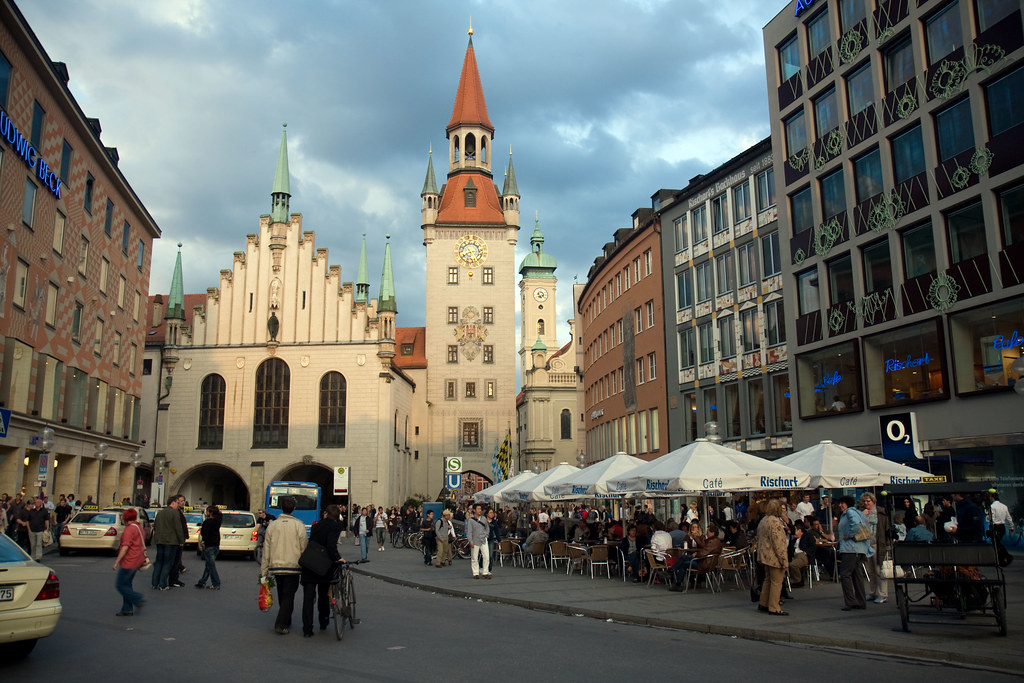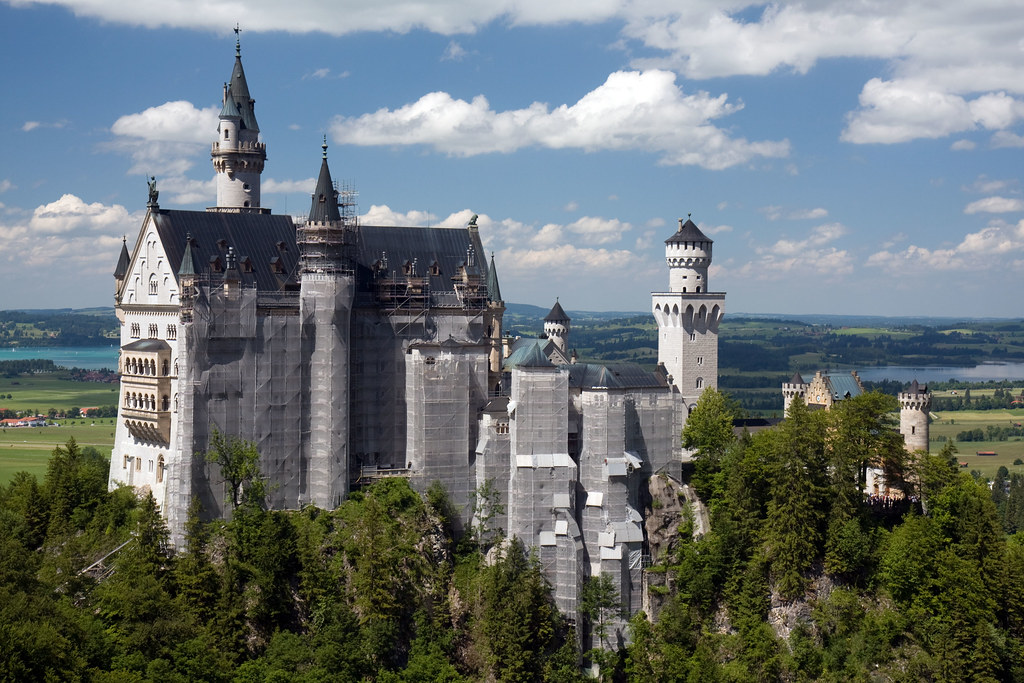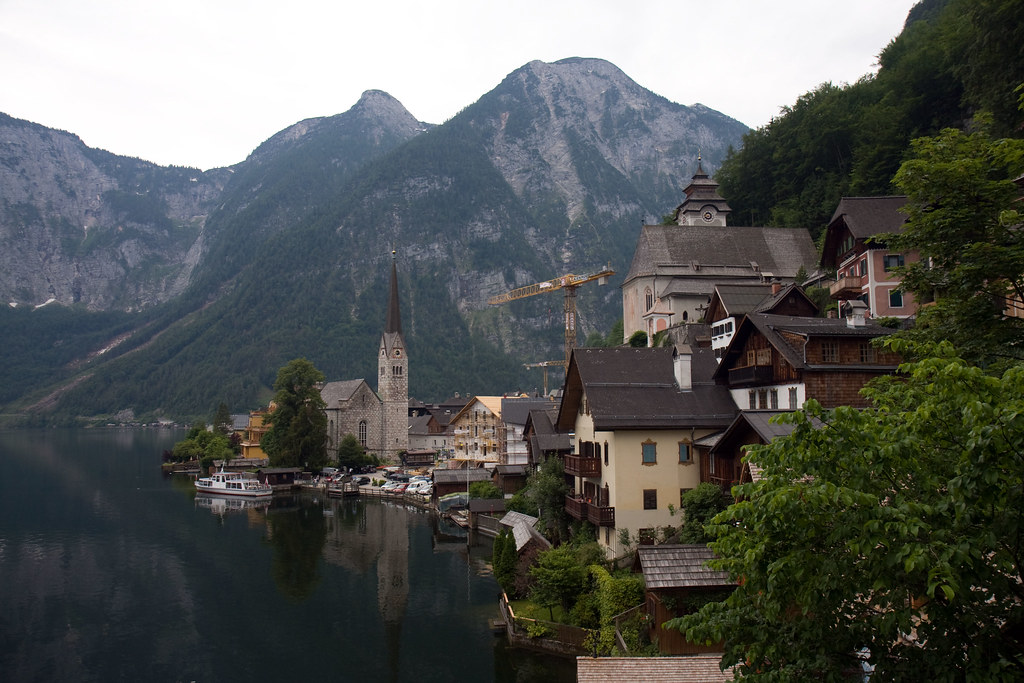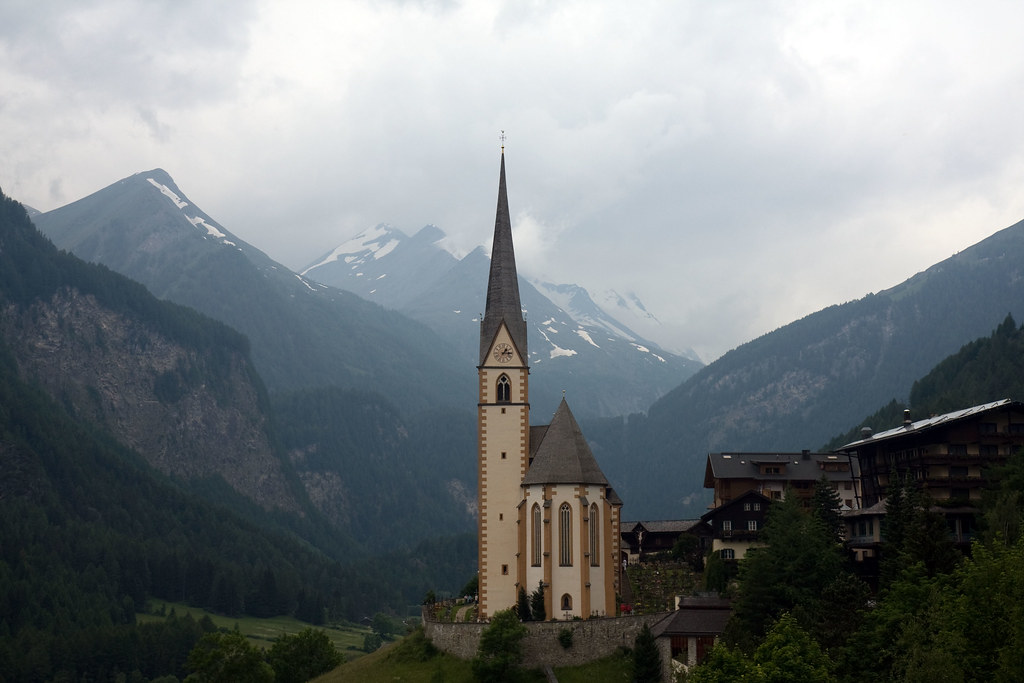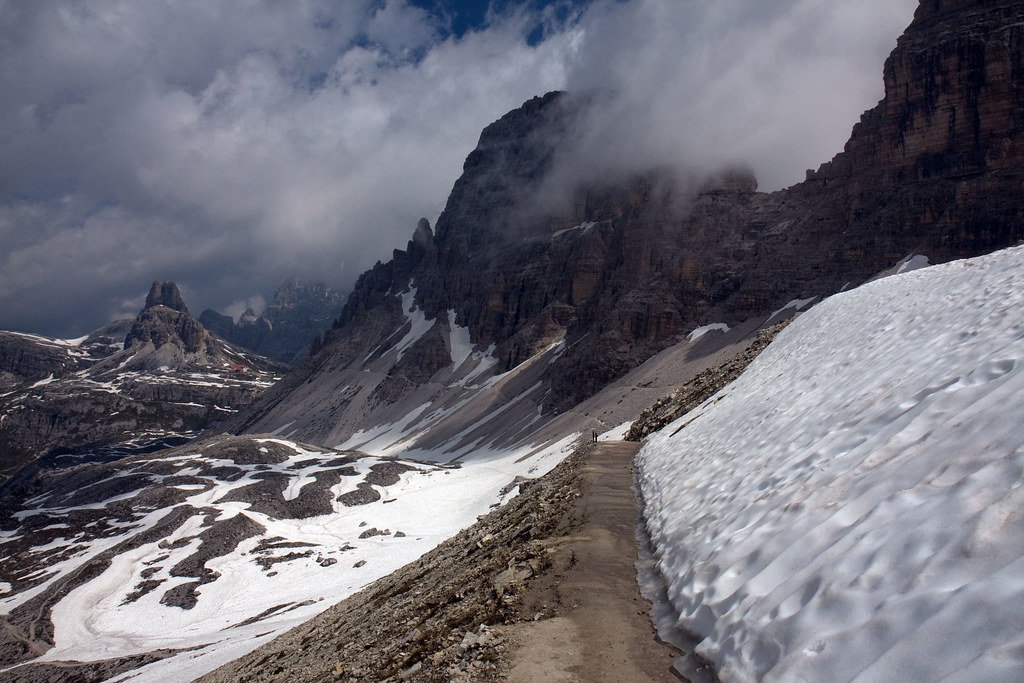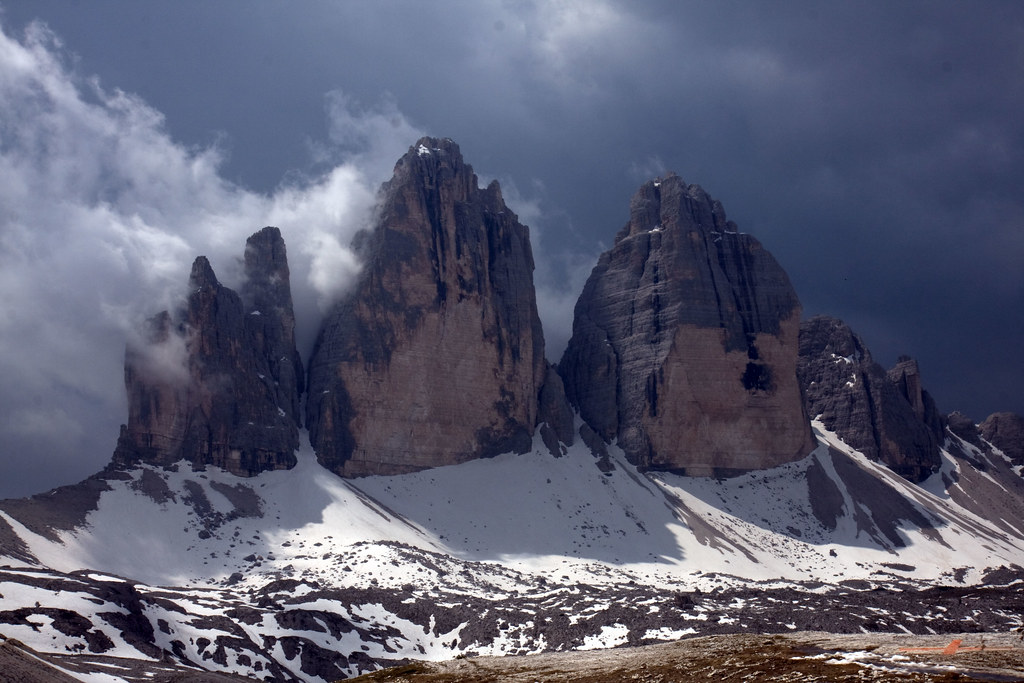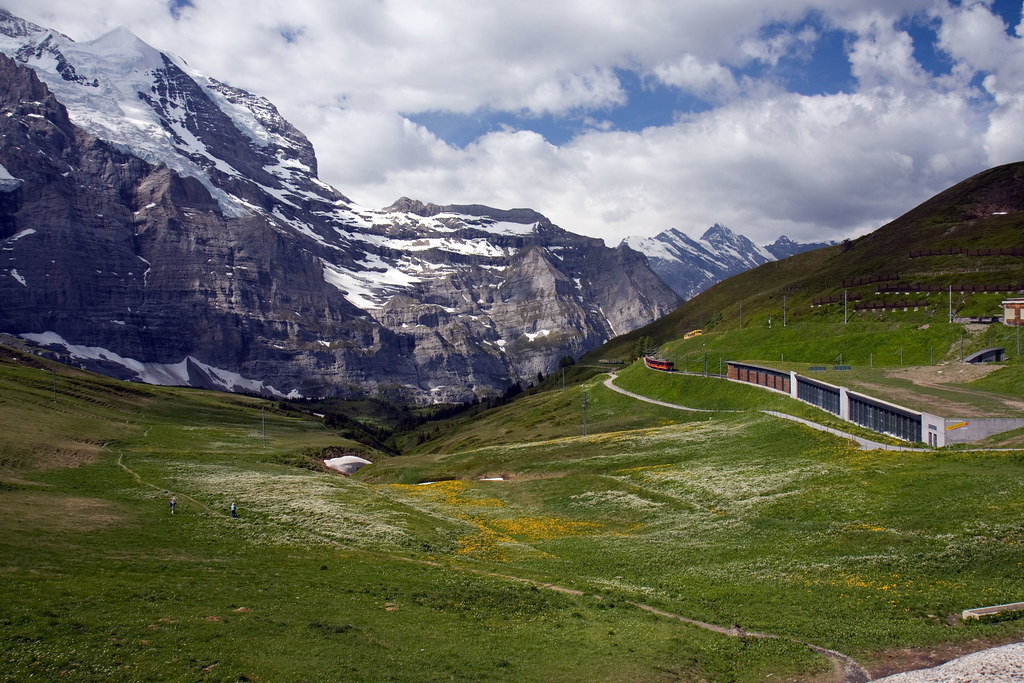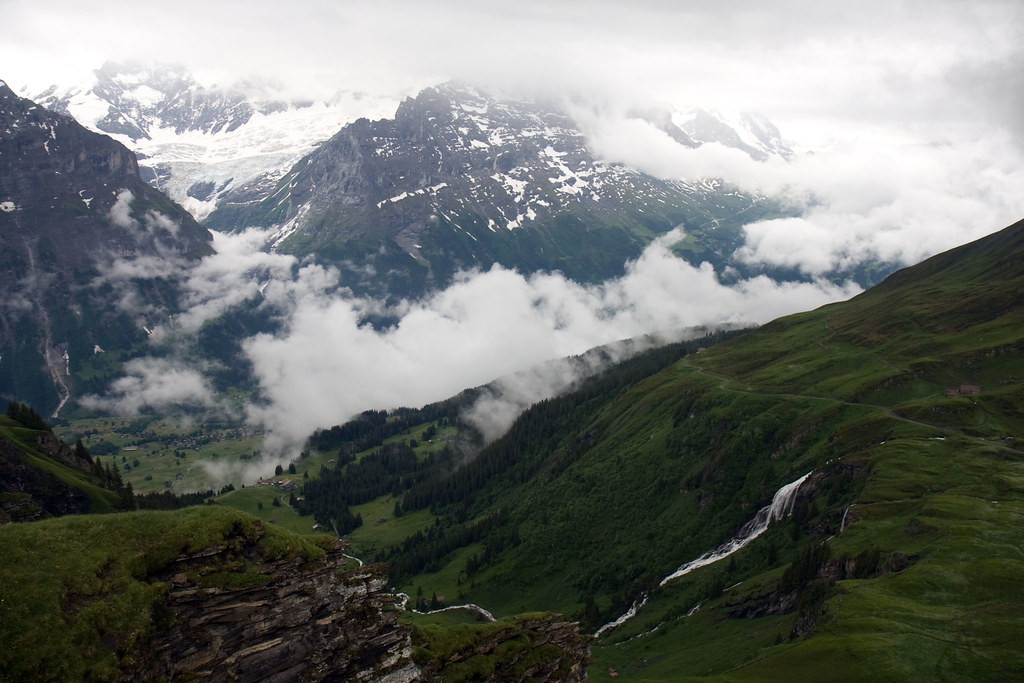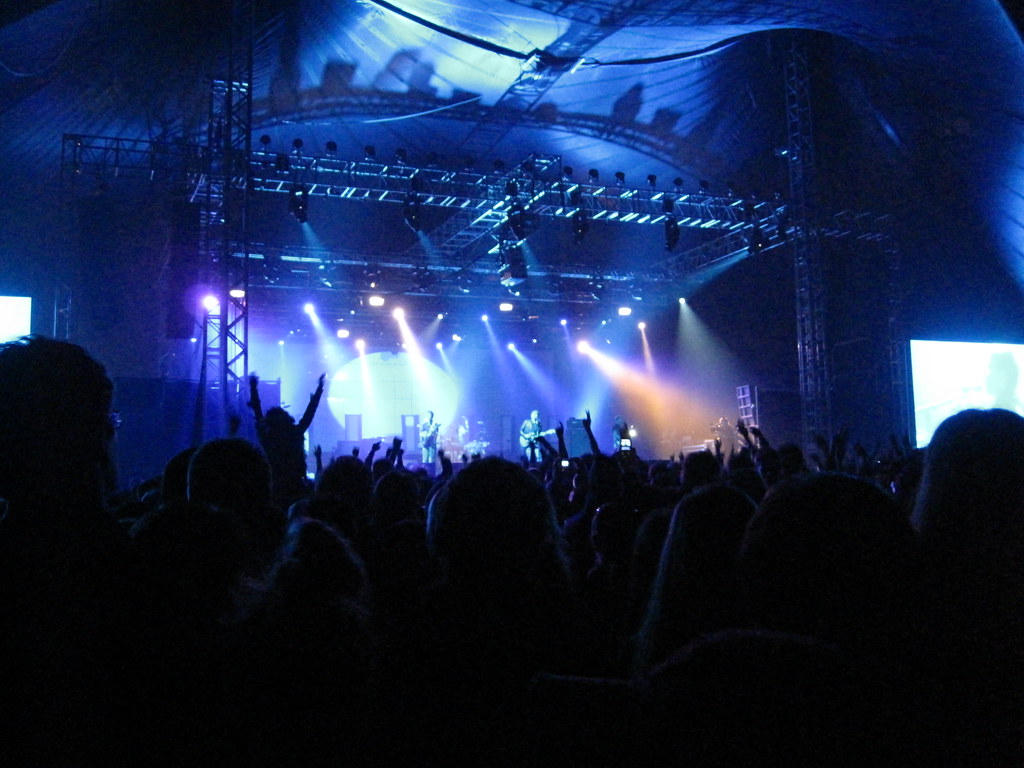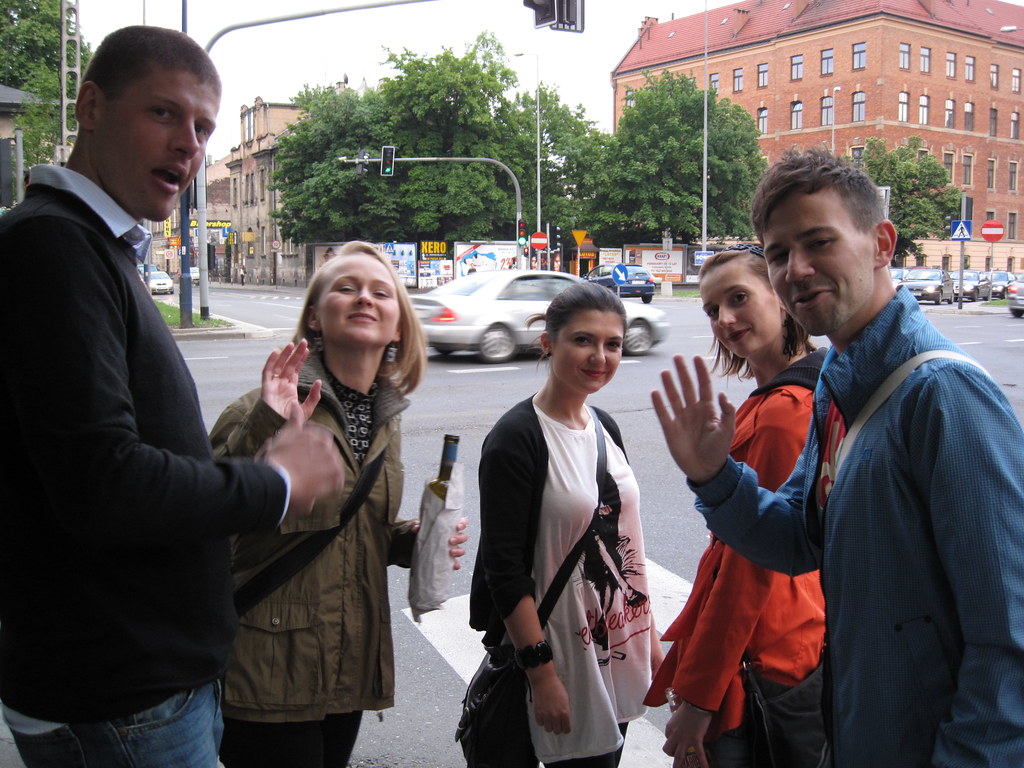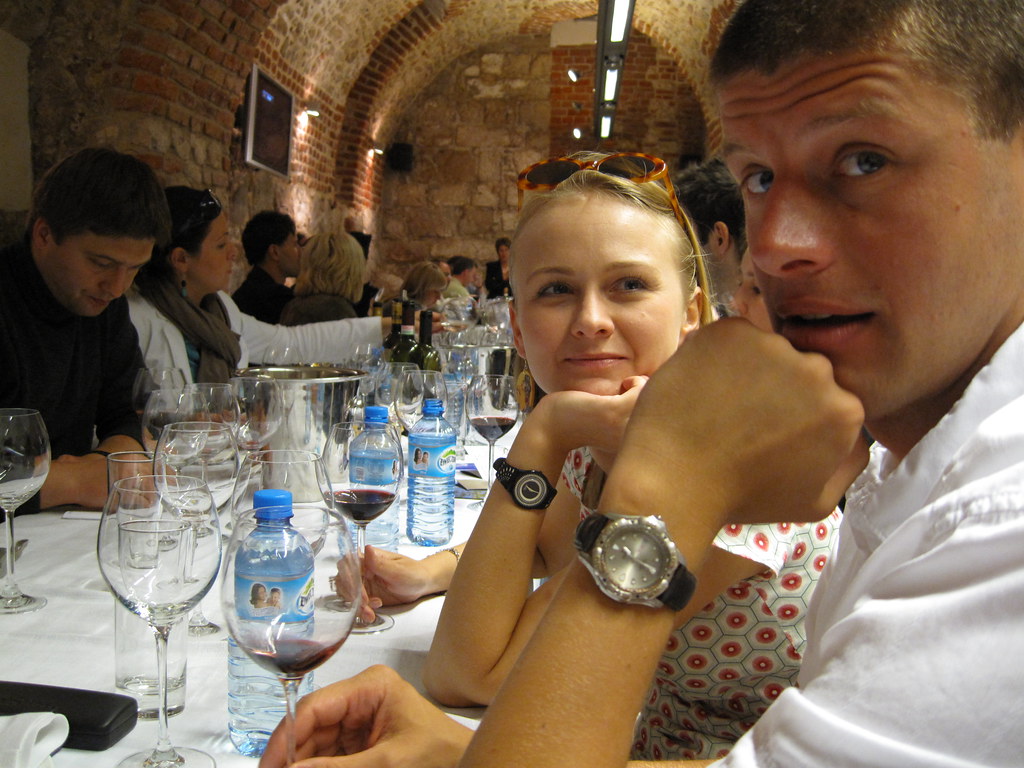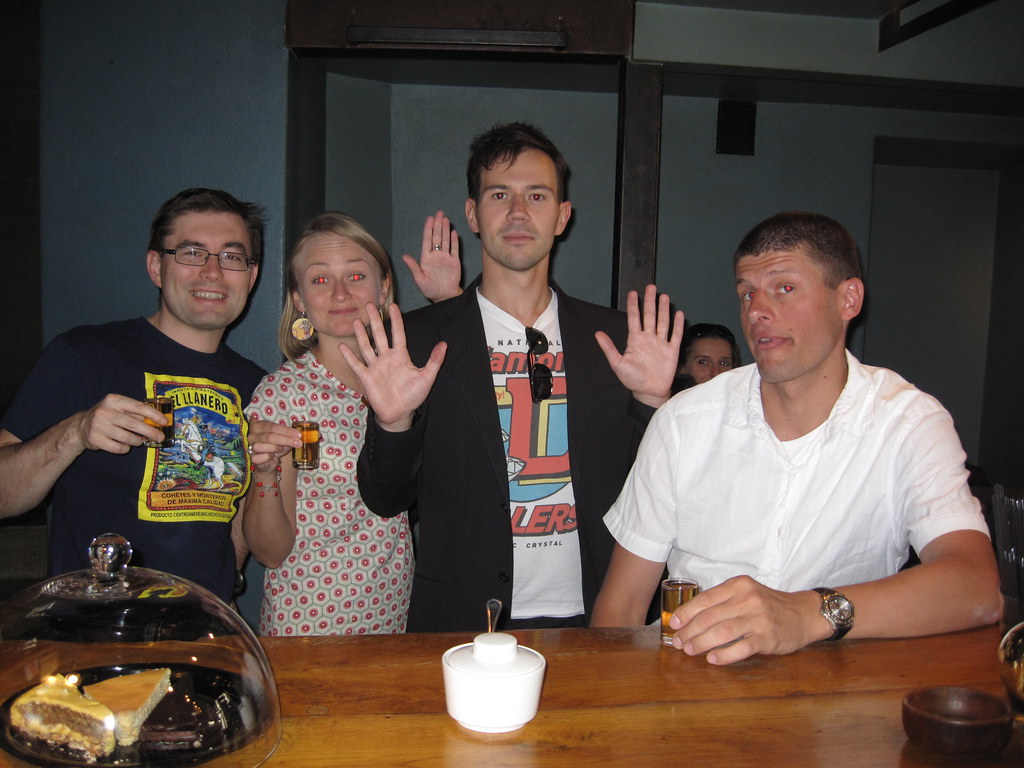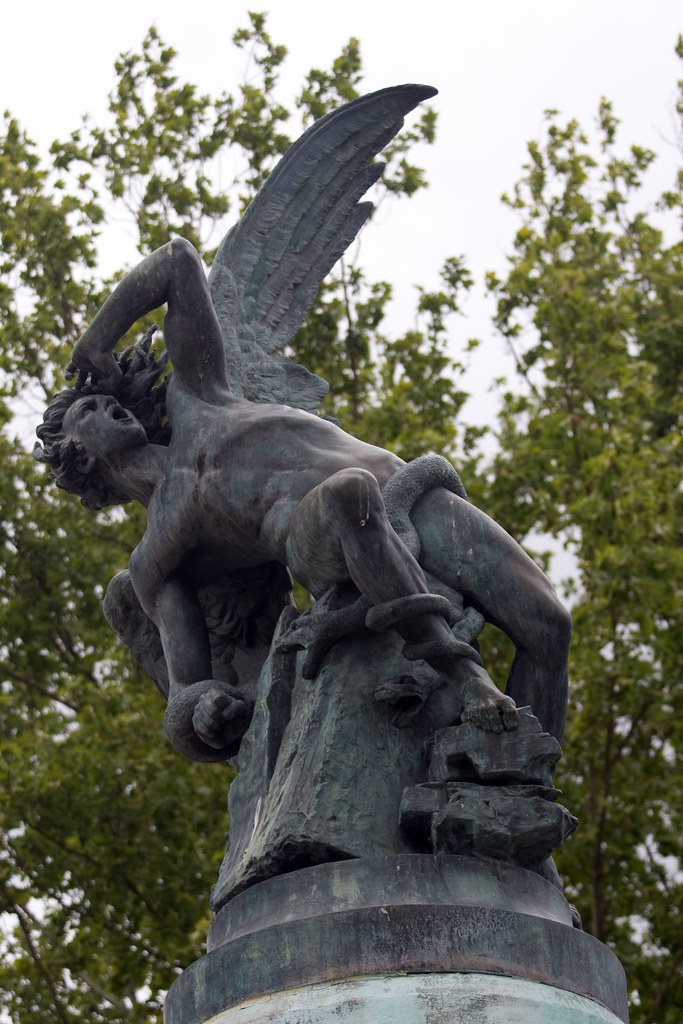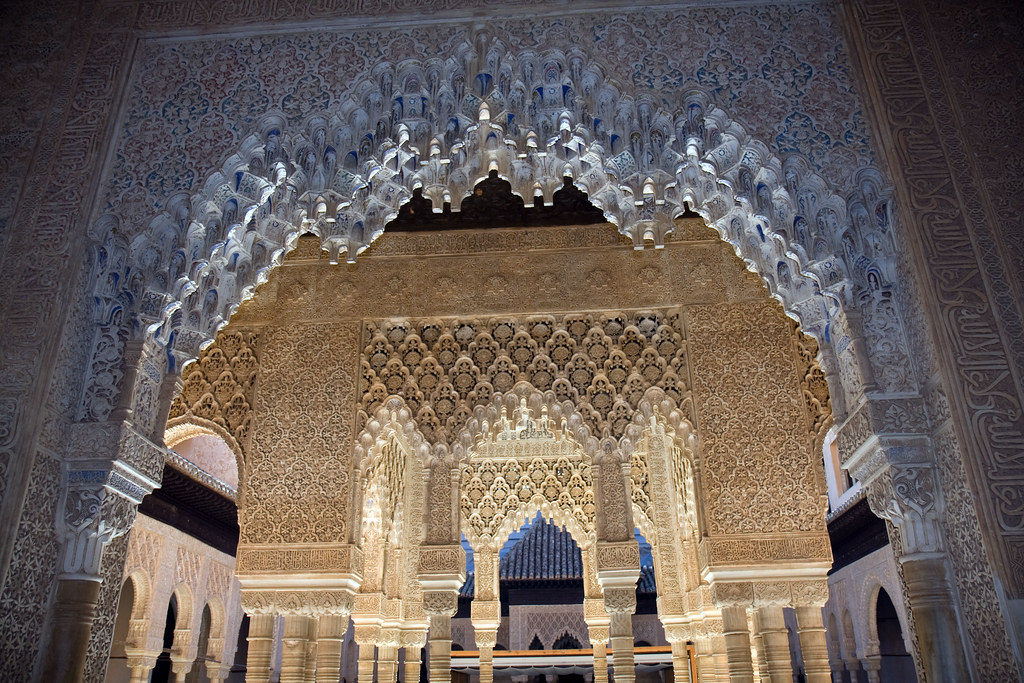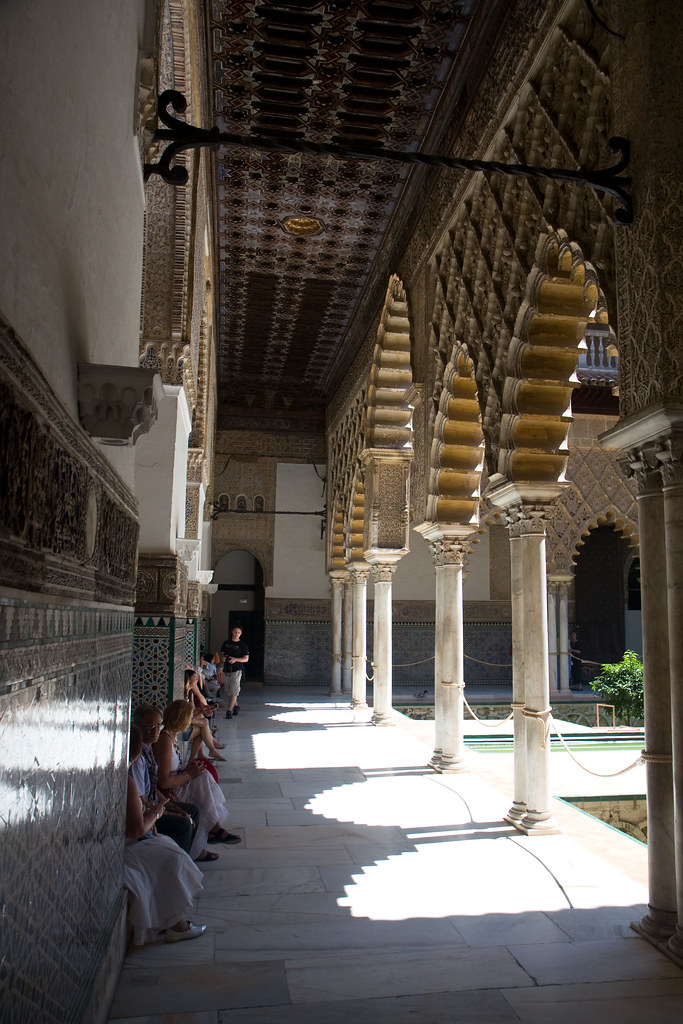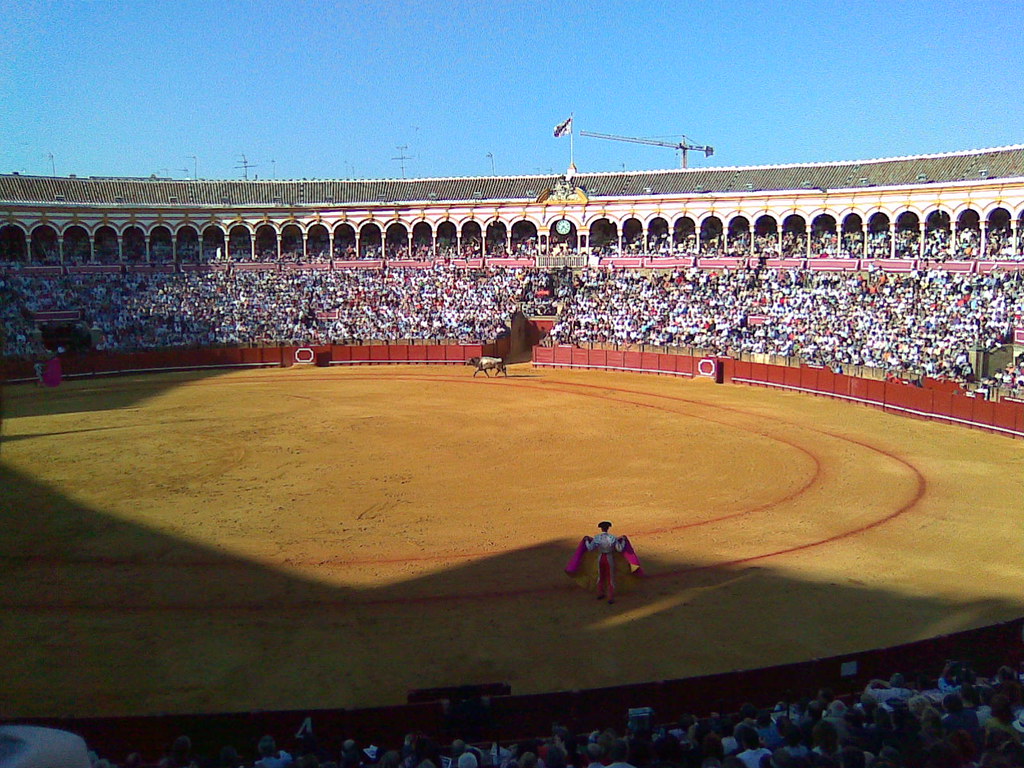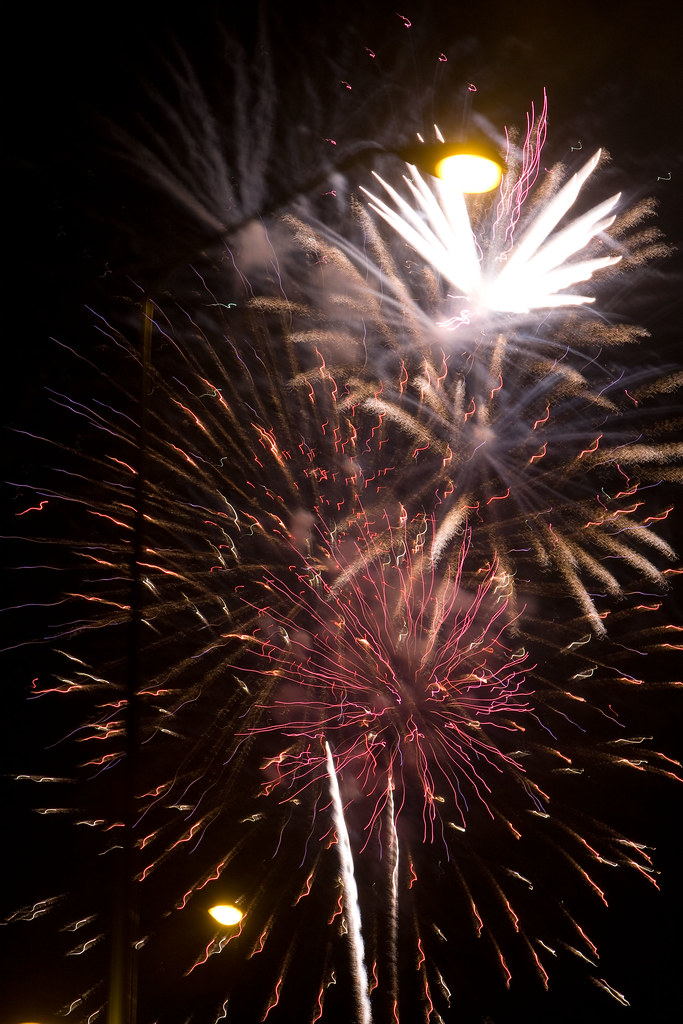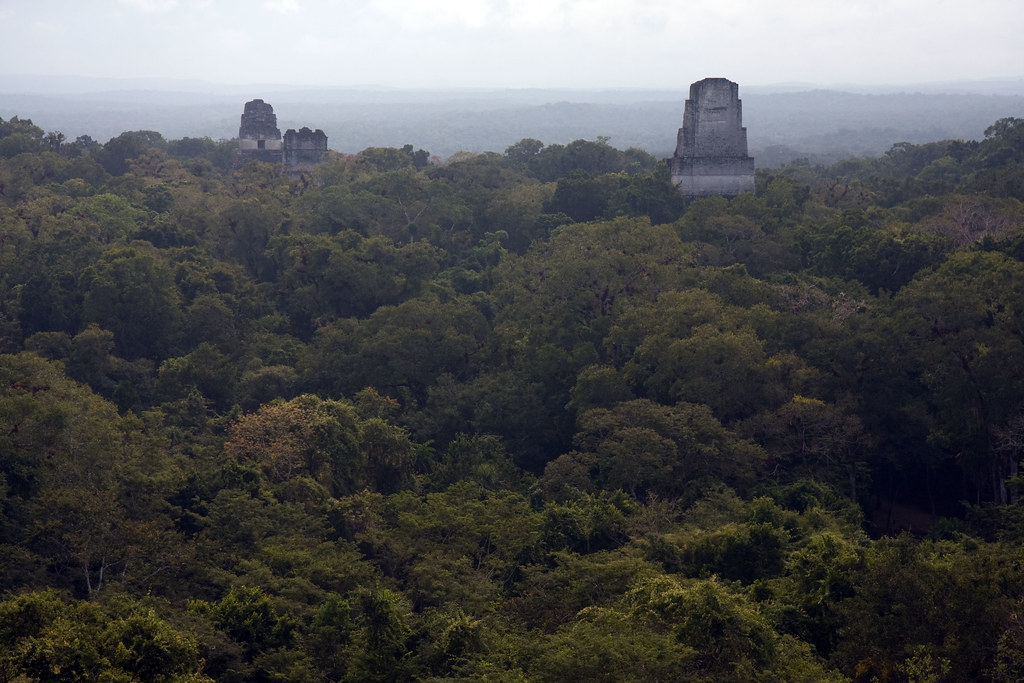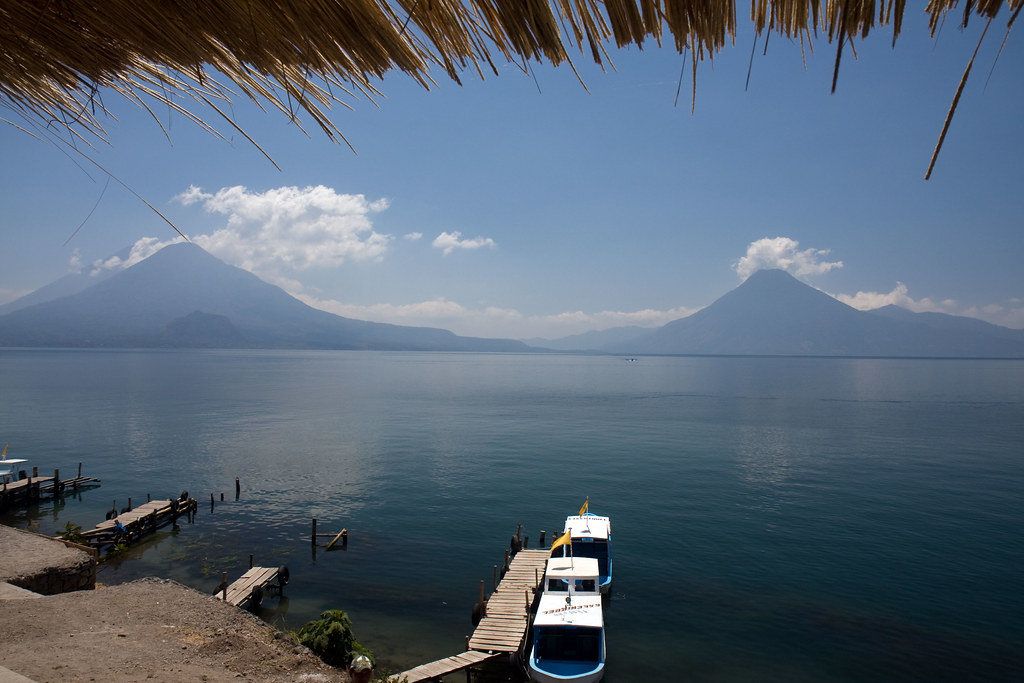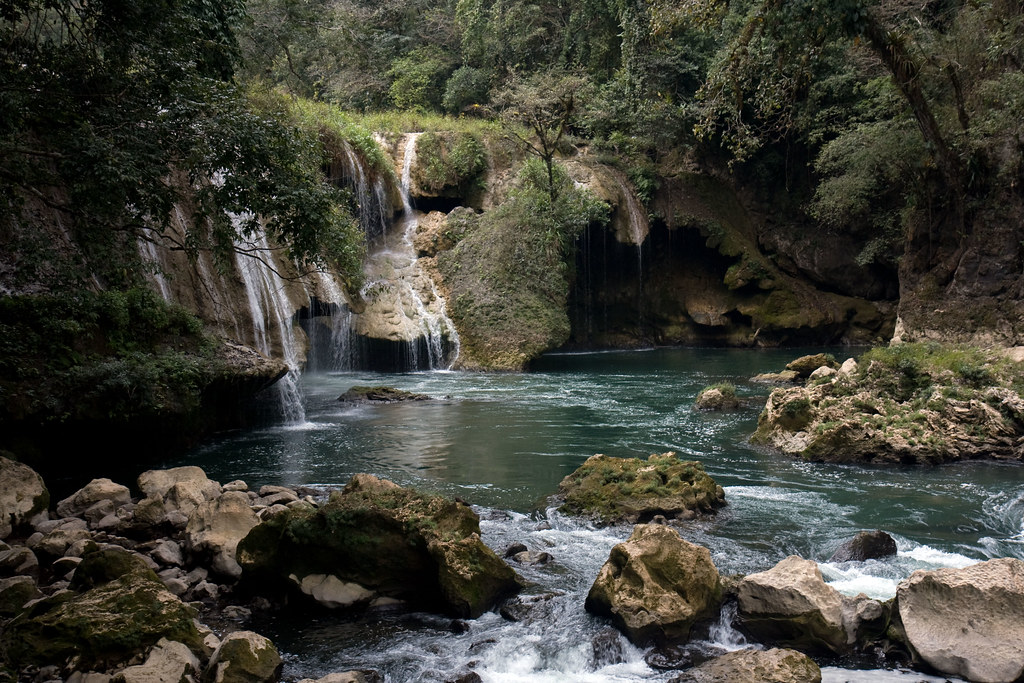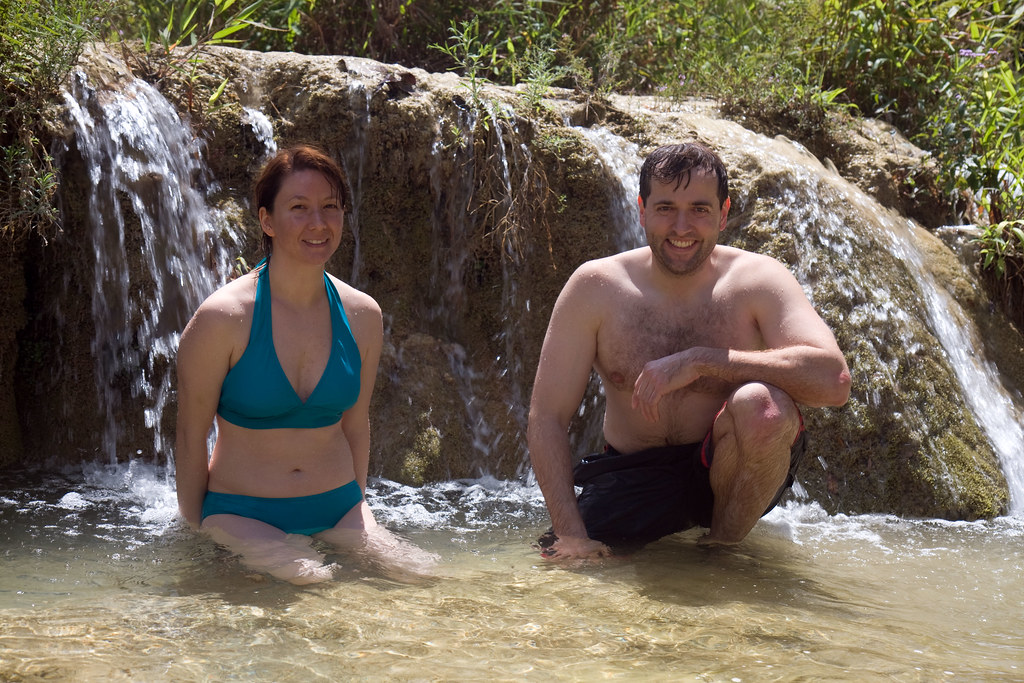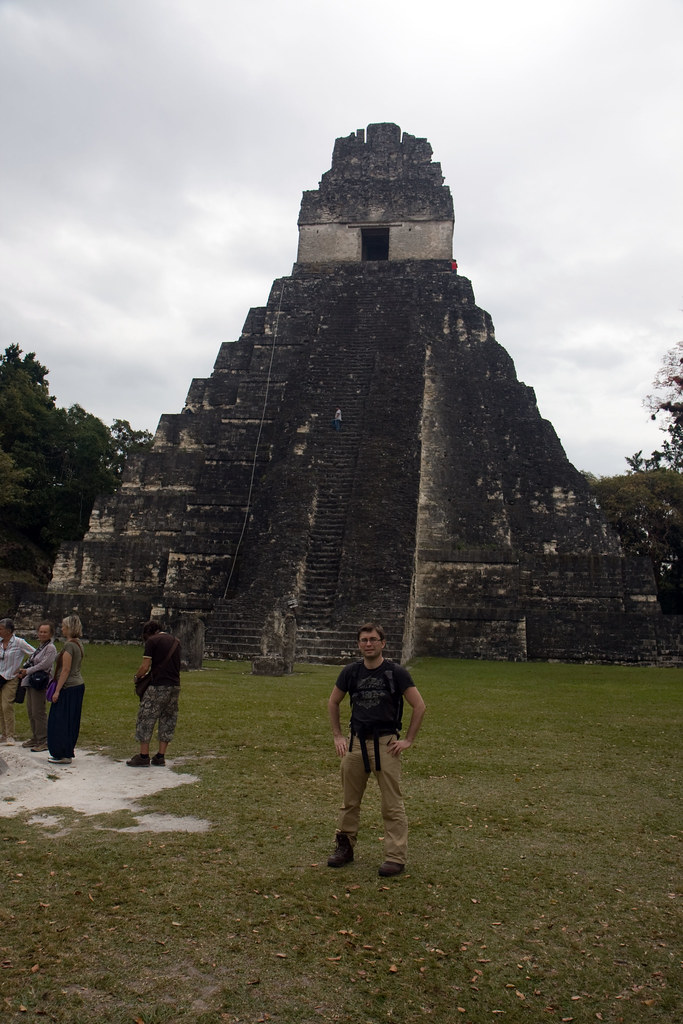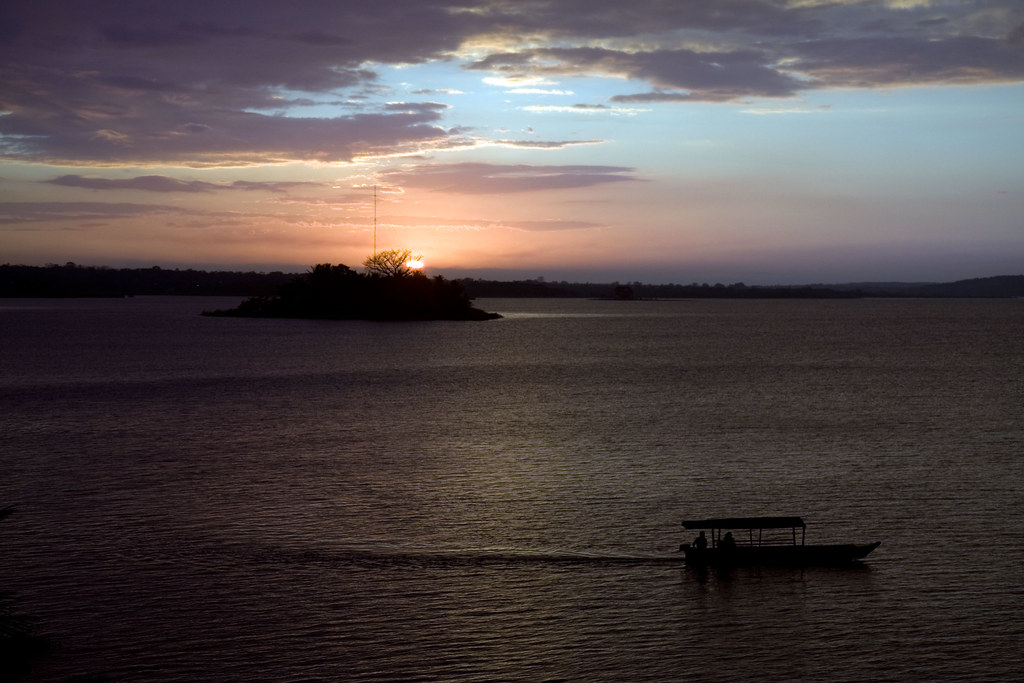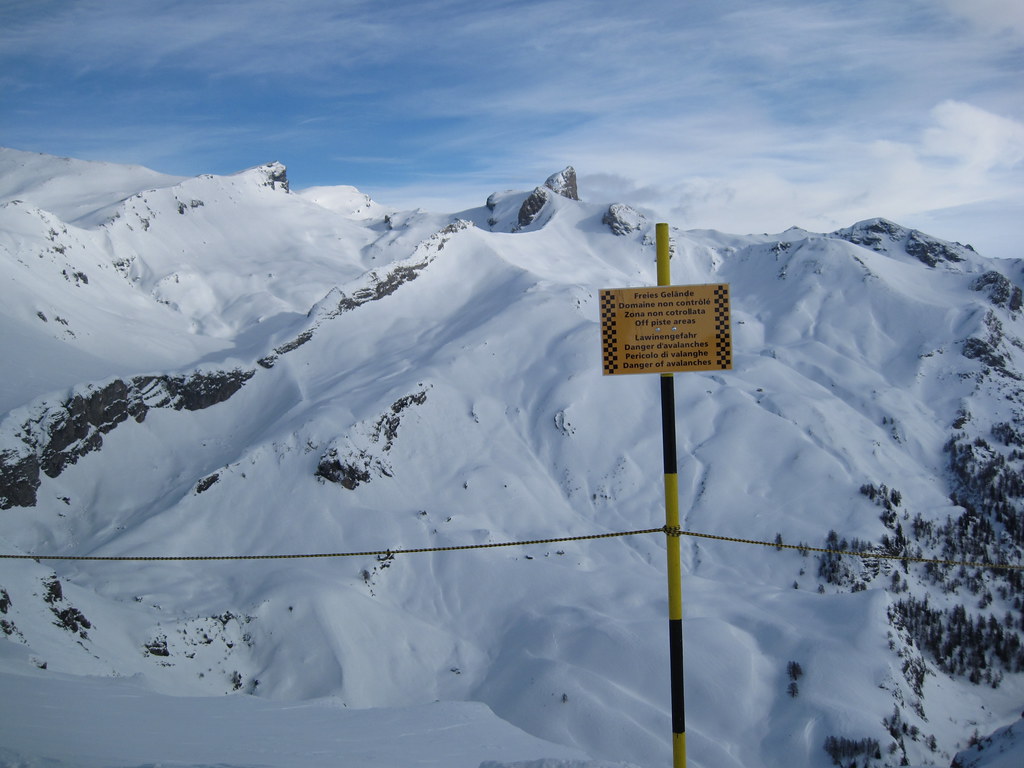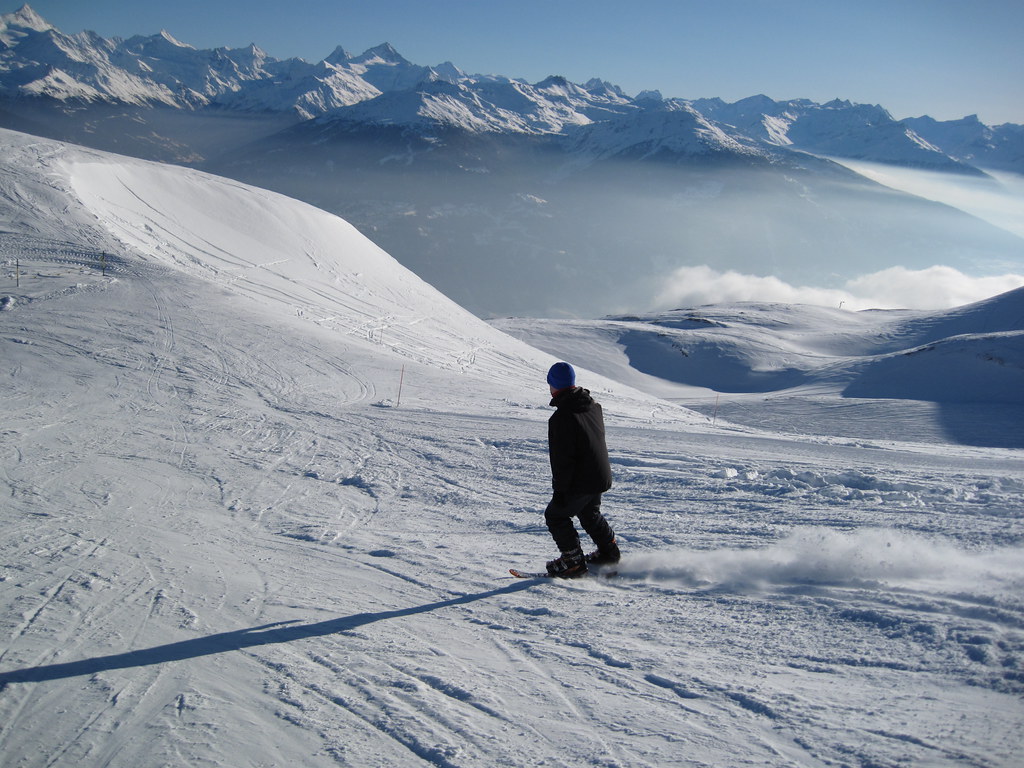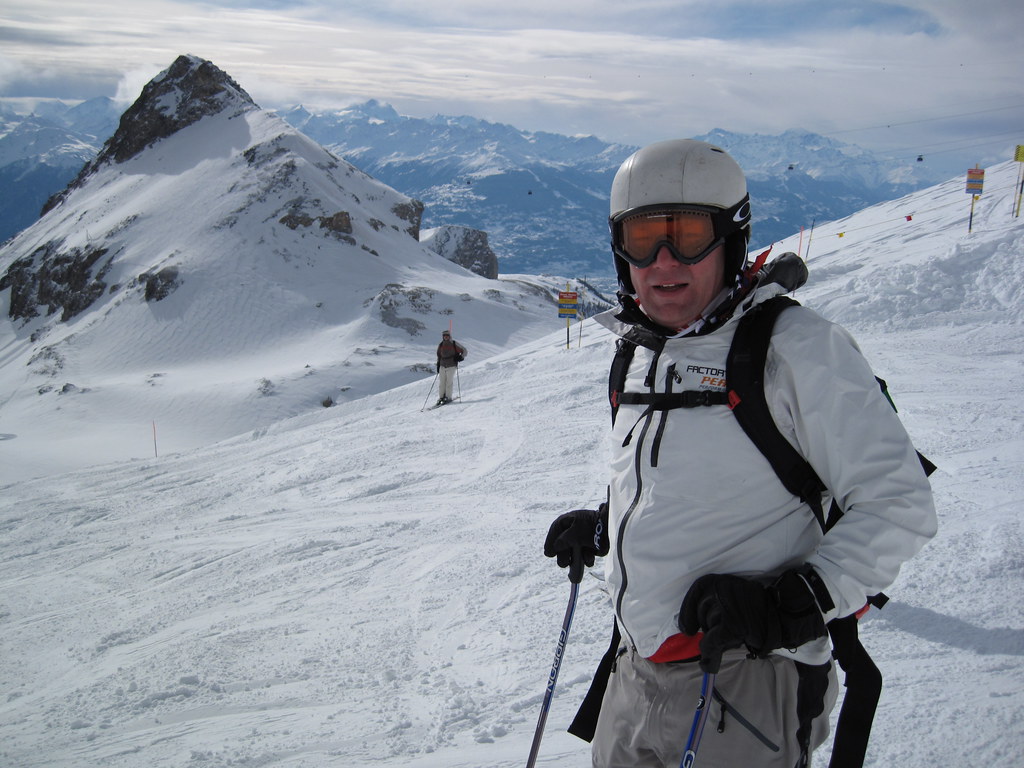I flew out of Amsterdam in the evening of Sat Aug 1st, and surprisingly, I managed to sleep on the plane, so I was actually rested when I arrived at Singapore airport. This was a pretty efficient airport, so it didn't take very long to get to my hotel. I had a fairly nice hotel next to the river, close to the main nightlife areas of Clarke Quay and Boat Quay. This was convenient in the evening for restaurants, but it was some distance away from the metro, so I had to walk a lot. Singapore was more attractive by night, with lots of colored lights everywhere, and a good selection of restaurants. Too bad it was so expensive...the prices for food and drink were very high - close to Norwegian standards! I usually paid 8-10 euro for a beer.

It was pretty easy to get around Singapore on the metro (they called it the "MRT"), but I felt there wasn't all that much to see there. I walked around in Chinatown, visited Little India and the Asian Civilizations museum. This museum was supposed to be one of the best attractions in Singapore, but I was rather unimpressed. They were trying to handle a big, exciting subject with rather poor exhibits, and tried to cover it up by putting computerized talking heads everywhere. It didn't work for me...
You very quickly get used to signs stating various things that are illegal in Singapore. One of the funnier ones was that it was illegal to carry durian on the MRT. Durian, called "The king of fruits" for some reason, is a South-East Asian specialty. It is a big, spiky fruit about the size of a coconut that has a very peculiar smell, and a strange taste. Guidebooks describe it as "eating garlic ice-cream next to an open sewer", and I agree on the sewer part. At first I thought there was an open sewer next to the stand where they were selling it. I figured this was my chance to try this wonder-fruit. The taste was very "different", and I ran around for fifteen minutes trying to find a shop to buy something to rinse out my mouth afterwards. Definitely not something I would try again, but at least I would not wonder about how it would taste. It was quite funny that after tasting it, I would recognize the smell in seconds afterwards, kind of like how one recognizes the smell of marijuana only after tasting it. Several times during my trip I would suddenly think "durian", look around and see a durian stand some distance away. It is probably an acquired taste...

After a couple of days in Singapore I caught a Malaysia Airlines flight to Kuala Lumpur. Entering Malaysia was slightly different. In addition to filling out the arrival card and the customs form (with "DEATH TO DRUG SMUGGLERS" in big red letters on the front...), I had to fill out a H1N1-form stating my current health, and which countries I had visited in the past 7 days. Upon arriving at the airport I had to wait in a big line to hand in this form to nurses in full protective gear, while they used thermal scanners to check my body temperature. Good thing I didn't have a fever at that time, because they had quarantine-areas at the airport for placing foreigners under arrest if they failed the medical screening...
Upon arriving at the airport, I noticed the large number of women in ninja-outfits walking around. Apparently there was some sort of holiday-season in the middle east, so that's why there were women in niqab everywhere. I giggled a bit upon seeing these women shopping for Jimmy Choo and Manolo Blahnik shoes at the KLCC shopping center...
I had a strange taxi-ride to my hotel in Kuala Lumpur. The city was very smelly and damp, the road layout was very messy, and we seemed to be driving in some very bad areas. Suddenly we were stuck in traffic in a really shady neighborhood. I gripped my laptop-bag tightly, fearing someone would rip open the car door and grab it. After a couple of minutes of inching our way through this neighborhood, the guy stopped and declared that this was my hotel. Turns out I had made a mistake with my hotel-booking, so I had managed to get a pretty shitty old hotel in a dubious location for my first night in KL. Good thing it was only for a single night. The room was pretty run down, and the non-adjustable airco seemed to be set for 15 degrees, so it was freezing cold inside. Every time I walked outside the hotel, guys would approach me in the street and offer me prostitutes. The worst part was that the hotel was next to a busy street and a public car park, so I lay awake several hours of the night listening to car alarms. It was a good reminder to spend more time researching before booking hotels online.
Kuala Lumpur seemed to have almost exclusively crooked taxi drivers. It was even worse than The Hague. They would without exception refuse to turn on their meter, and try to charge you a really high fixed price wherever you wanted to go.
In many ways Kuala Lumpur reminded me of Guatemala City. Proper slums, with a number of really up-market shopping malls. Less people with guns around, though...
Wednesday morning it was raining like crazy in Kuala Lumpur when I left for the airport to catch my super-cheap flight to the east coast (40 euro round-trip all-in was pretty good). Having a beach vacation in rainy weather isn't optimal, so I worried about how things would look on the other side. When I got to Kota Baharu however, it was bright and sunny, so there was a big difference between the east coast and the west coast. I was picked up by my driver at the airport, and driven to the boat jetty at Kuala Besut. The resort I was staying at had a private speedboat, so that was my ride to the Perhentian Islands.
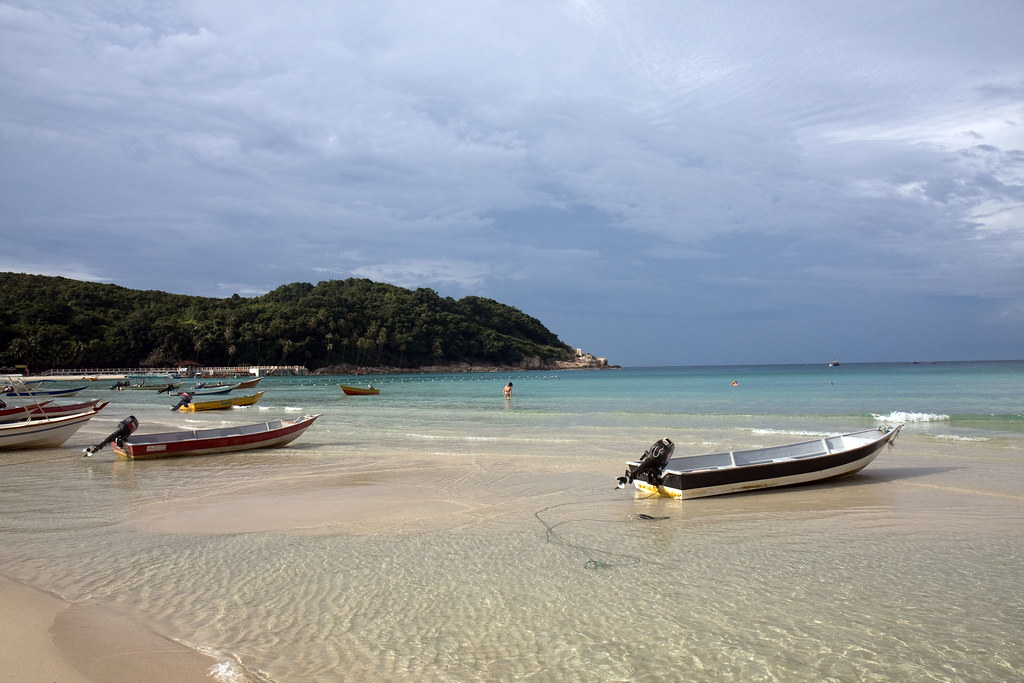

I started off with a snorkeling trip right off the pier, on the reef of the main island. I had never gone snorkeling before. This was a very pleasant new experience for me. The water was very warm, crystal clear and there were schools of multi-colored fish everywhere. The reef also had some live coral, and I was amazed at the bright colors of some of the coral species. The "guide" had brought some bait for the fish, and this sent them into a feeding frenzy. I was bitten by some of the smaller fish (nothing serious, but I could feel the teeth), so I felt a bit apprehensive when some of the schools of fish were swarming around me. I never got bitten after the first day, though.
I quickly found out that everything on this island ran on island time, so every activity was at least half an hour late. Some of the activities were very crummy as well. On the first day I was supposed to do "Jungle trekking". Turns out, that was just walking a path to the top of the island and back.
On the second day, I went for a big snorkeling trip. The trip lasted almost four hours, going to four different locations, letting us snorkle with fish, sharks and turtles. I was lucky and spotted two big round-nosed sharks. Lots of people in the boat didn't see any. The giant turtle dive location had lots of stinging jellyfish, so lots of the tourists on the boat didn't go in. I and two other guys got within two meters of some giant turtles, and it was a pretty neat experience. I had to swim really fast to keep up with the turtles.
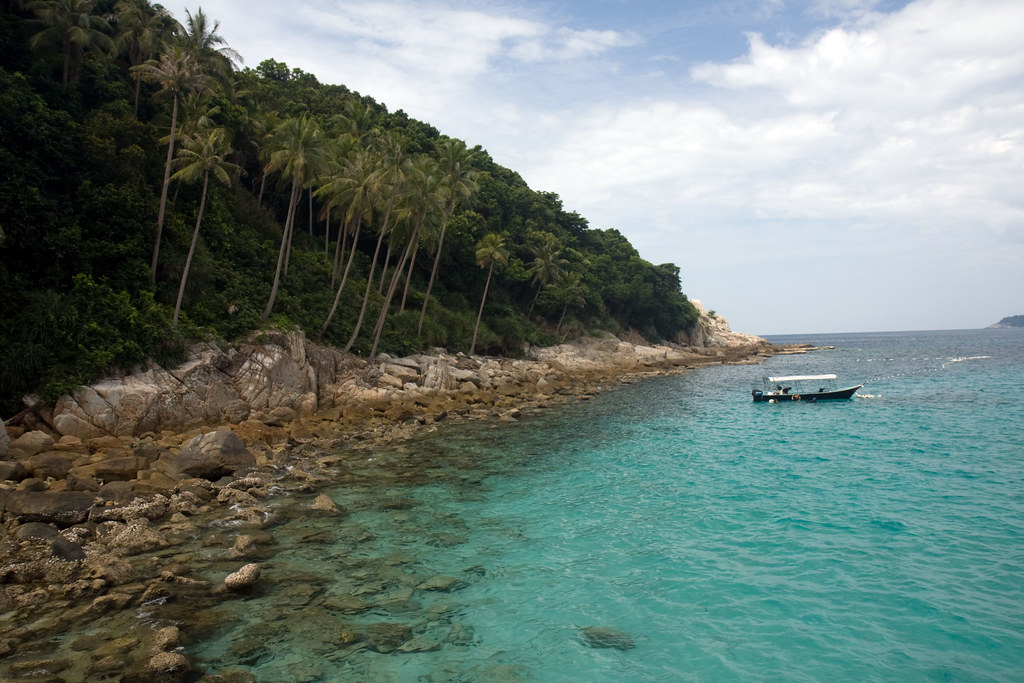
On the third day I found out that this was a pretty disorganized resort. It was a big surprise to the staff that I was supposed to go snorkeling on that day also (according to the package I paid for), so they sent me to a different dive operator. Turns out their tours started an hour later, so I sat around in the sun waiting for them to fill their boat. This day I went to the shark point again, but the guide this day was more eager, so he pointed out where to go for the sharks. I saw one big pointy-nosed one (probably like a meter and a half long) and one baby shark. Next we went giant turtle snorkeling. I only saw two giant turtles, but I wasn't stung as much by jellyfish this time. In the afternoon, I spent about an hour snorkeling off the house reef just outside the hotel, spotting a squid, some new big fishes, and admiring the colorful live coral.
I was impressed that they had Paulaner on the island, but it was fairly expensive (6 euro). A waitress told me they are not really allowed to serve alcohol, so they have to pay off the police to stop them from raiding the place. I wonder what else they pay them to have a blind eye to. (like the open sewage, burning garbage in the backyard etc). Some of the eastern provinces are very Muslim, with Sharia-law in effect, and I remember being surprised by the number of cars having "DEATH TO AMERICA" and "BOYCOTT USA PRODUCTS"-stickers...
I had bought an all-inclusive package for my stay on this island, since the all-inclusive package was only 10EUR more per day than booking without food. This turned out to be a mistake. They served very basic food, mostly just rice and rendang, and the food was not refilled, so you had to come early, otherwise the food would run out.
After three and a half day of snorkeling and relaxing on the beach, I returned to Kota Baharu. This was a disorganized, and very small airport. My plane was delayed for over an hour, so I had a long wait at the airport. A friend once explained to me the concept of "hot country time", and it looked like it was seriously in effect here, everything seemed to start half an hour to an hour after the stated time.
For my two day city-exploring stay in Kuala Lumpur, I stayed at Le Meridien, a 4 1/2 star hotel next to KL Central Station. Normally I try not to stay close to railway stations, as the surrounding areas tend to be shady. Not so this time, I think this is one of the better hotels I have ever stayed in. Big, comfy bed with euro-style sheets (cheap-ass places tend to have US-style), big room and a great view. The only snag was a very crappy internet connection. Staying so close to the main station made it really easy to explore Kuala Lumpur. Also, the hotel was only 10EUR more per night than the shitty hotel I stayed in for my first night in KL.
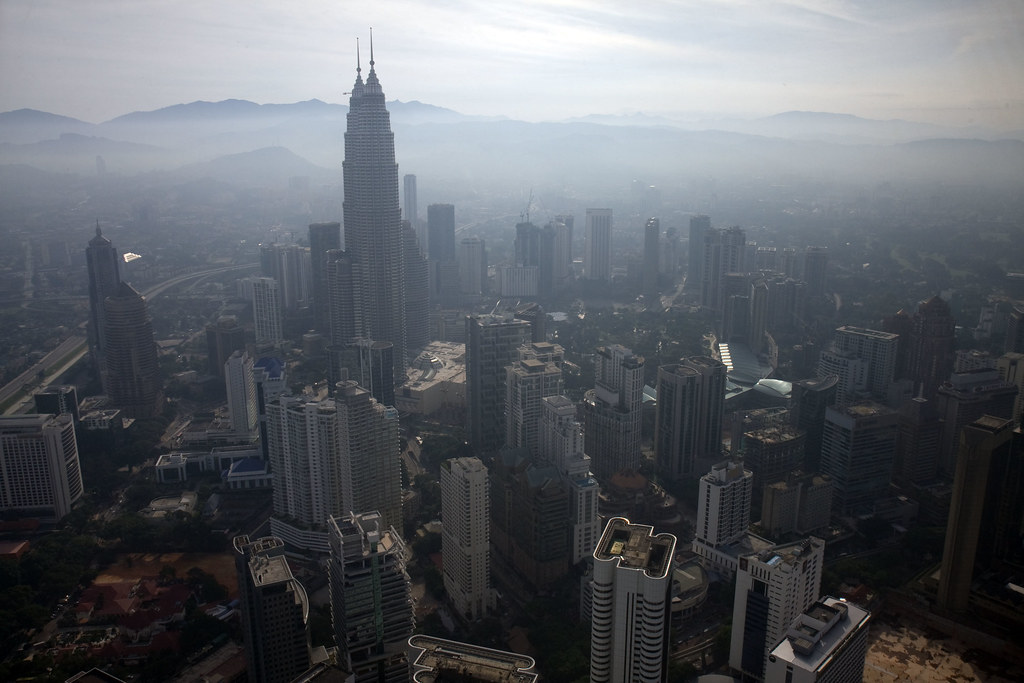
I got up really early the next morning to try to get hold of tickets to go to the skybridge of the Petronas towers. I was at the ticket counter an hour before they opened, but the tickets were already out. I guess I should have been there two hours before, but I really wasn't too keen to standing in line for several hours just to go halfway up the tower. I walked over to the KL tower instead, and watched the city from the observation deck.
I spent several hours walking around the city. It is probably one of the more exotic places I have been, right up there with Istanbul. There's a mix of Chinese and Malay culture, some places are really run down, and others are full of glitzy shopping malls. I was surprised there were so few mosques, considering that this is a very muslim country. Walking around, I explored the central part of Kuala Lumpur, and also some areas off the beaten track, after making the normal preparations (visit in daytime, no watch, no camera, carrying only a minimum of cash). Funny how different the articles for sale at the local markets are from the super-touristy markets at Petaling street.
You need to be quick on your feet to walk in KL, since there seems to be very few rules of the road, and traffic lights are mere decorations. Crossing the road means sprinting, and hoping for the best, or trying to make sure there's some car blocking others from driving into you. Sidewalks can also be quite dangerous, as the moped drivers will drive on them if the road is clogged.

Kuala Lumpur does not have much in the way of tourist attractions, so I went to see the national mosque and visited the Islamic Arts museum. They didn't have too many exhibits, but I found the showcasing of different architectural styles in various big mosques and the differences in calligraphy in various versions of the Koran to be interesting. Also, it was nice to be inside an air-conditioned building for a while. I am not used to 32 degrees and high humidity.
My next destination was Cameron Highlands. Cameron Highlands is an area in central Malaysia high up in the mountains (1500m-2000m) where the English set up farms for growing strawberries and tea. They also built hill station resorts where people could go to get out of the punishing heat of Kuala Lumpur (Cameron Highlands is usually never hotter than 22 degrees year-round).
To go there, I had to go by bus from the main bus station in Kuala Lumpur. I had purchased my ticket the day before, but when I showed up at the platform to catch my "Super-VIP bus" (whatever that meant...), my bus was nowhere to be found. There were a bunch of walkie-talkie wielding, chain-smoking bus handlers running around, but they just made motions for me to wait. I figured this was probably hot-country time at work again. After some time, a crowd of frustrated Middle-Eastern tourists also going to Cameron Highlands started shouting at the handlers. Finally, 45 minutes after the bus was supposed to leave, a handler shouted "Kam-run, Kam-run, Kam-run" and pointed down the terminal at a different aisle. Sure enough, there was my bus, crisis averted. Five hours later, I was at my hotel in Cameron Highlands.
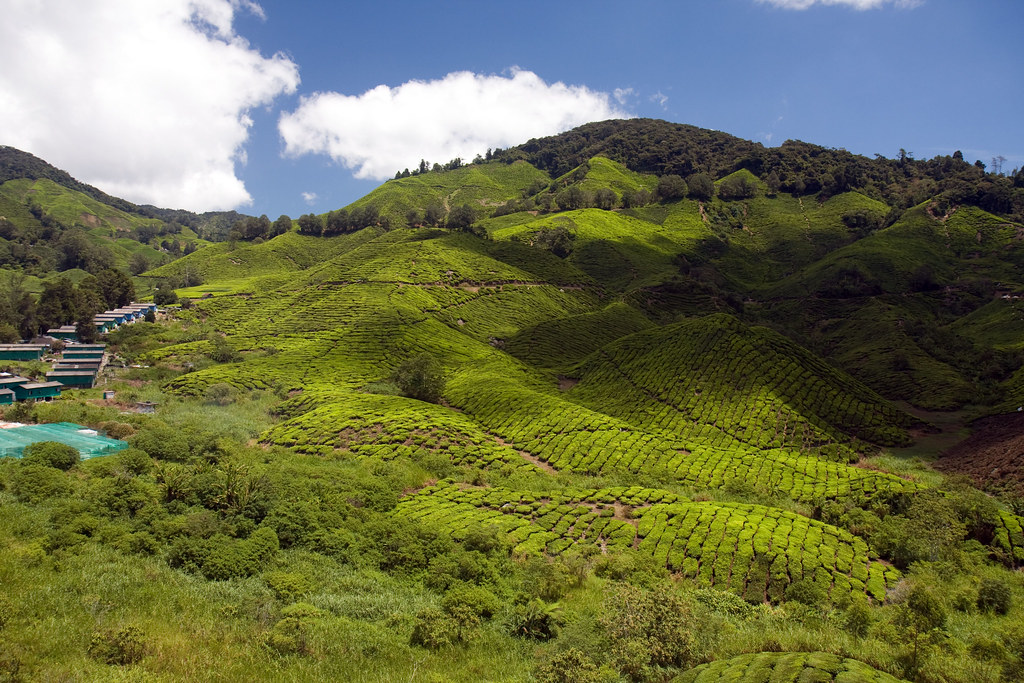
I figured I needed a rest day, so I only went for a half-day "Nature Discovery" tour. This was a crowded mini-bus tour driving us to the highest peak in the area, before stopping to let us walk in the mossy cloud-forest. Development have scared away most of the big wildlife, and thieves have stolen the wild orchids, so there wasn't that much to see up there. Just walking through a forest, really. Most people on the trip were happy there were no more tigers up there, but it's sad to see how much of this country has been turned into plantations. One difference from forests back home was that they had lots of bamboo, and I got to see a couple of carnivorous pitcher plants, so it wasn't a total loss. Next we visited a tea plantation, to look at tea fields, and to see a tea factory. Finally we visited a shantytown for the Orang Asli, the local bushmen.
The hotel I stayed in also had amazingly cheap laundry (1/10th of what I would pay in Kuala Lumpur) so I exploited the opportunity to wash clothes for the rest of the trip.

After a five-hour bus-trip, I was back in Kuala Lumpur, and checked into the fancy five-star Crowne Plaza hotel I had booked to recover. This was a proper five-star, with a fantastic bathroom, at the price of a three-star in Europe. The weather was very rainy, and there wasn't all that much left to see in KL, so I enjoyed the king-size bathtub that came with the hotel room. By consulting my guidebooks, I found a hidden street full of upscale restaurants, so I ended my stay in Kuala Lumpur with a great meal.
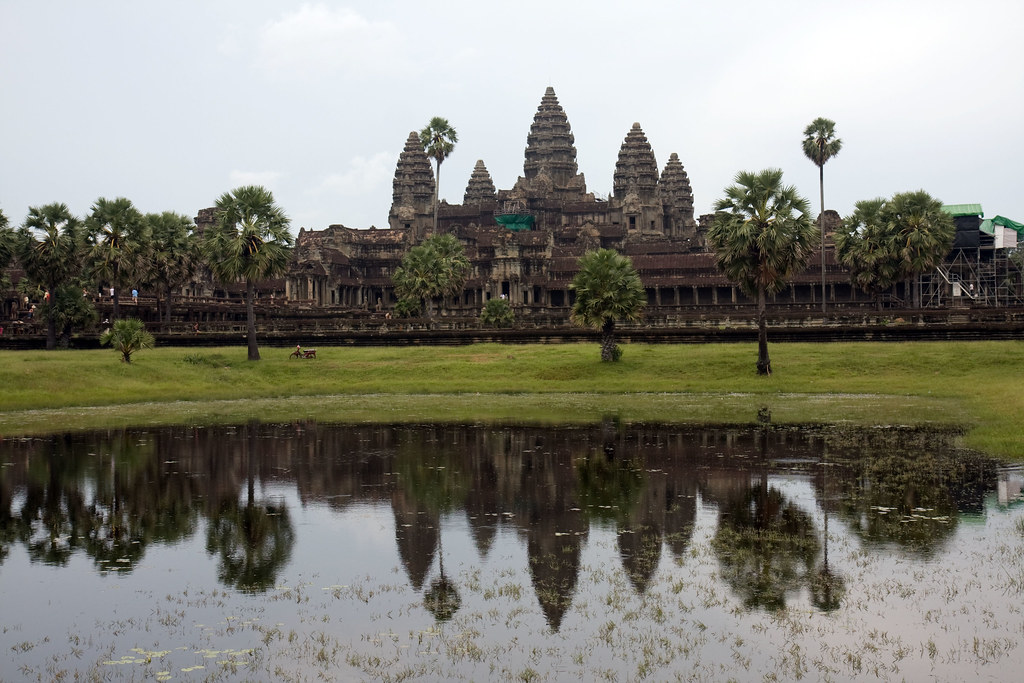
The next morning I flew to Siem Reap, Cambodia. Siem Reap is the tourist hub of Cambodia, being the site of the Angkor Wat temple complex. I had been slightly anxious about going to Cambodia, as I didn't have a visa. My foreign department web pages told me I needed one, but it was very hard to find any information on how to get one. Fortunately, it was really easy. I just had to bring a passport photo and pay $25, and everything was OK. I rented a taxi for the day, and visited the main temples of Angkor Wat, Angkor Thom and Ta Prohm on the first day.

The temples were pretty interesting, some of them very nicely restored, but it was a real pain with the street sellers around the temples. Before the taxi had even stopped, there would be a couple banging on the windows shouting "MIS-TAH! MIS-TAH! guide-book? ONE DOLLAH! look, nice has colors and pictures and everything! ONE DOLLAH!". It's cute the first time, but after about 240 such approaches in just a couple of hours, it gets old. It was also really annoying how some of them would follow me around after I told them no.
It was extremely hot in Cambodia, and there was also a lot of moisture in the air, so I felt like I was being steamed alive. According to my guide/taxi driver this was the cold period, so I imagine the hot season must be unbearable.

On my second day in Cambodia I went to a more remote temple, Bantay Srei (the pink temple). This was much smaller than the other temples I had visited, and completely overrun by tour groups. The carvings were much more ornate, and better restored than the temples I had seen the previous day, so it was still interesting. On the way back, I stopped at the Land Mine Museum, a small museum showcasing various types of land mines removed by mine clearers. They also had some educational videos, and all the profits went to support children injured by land mines.
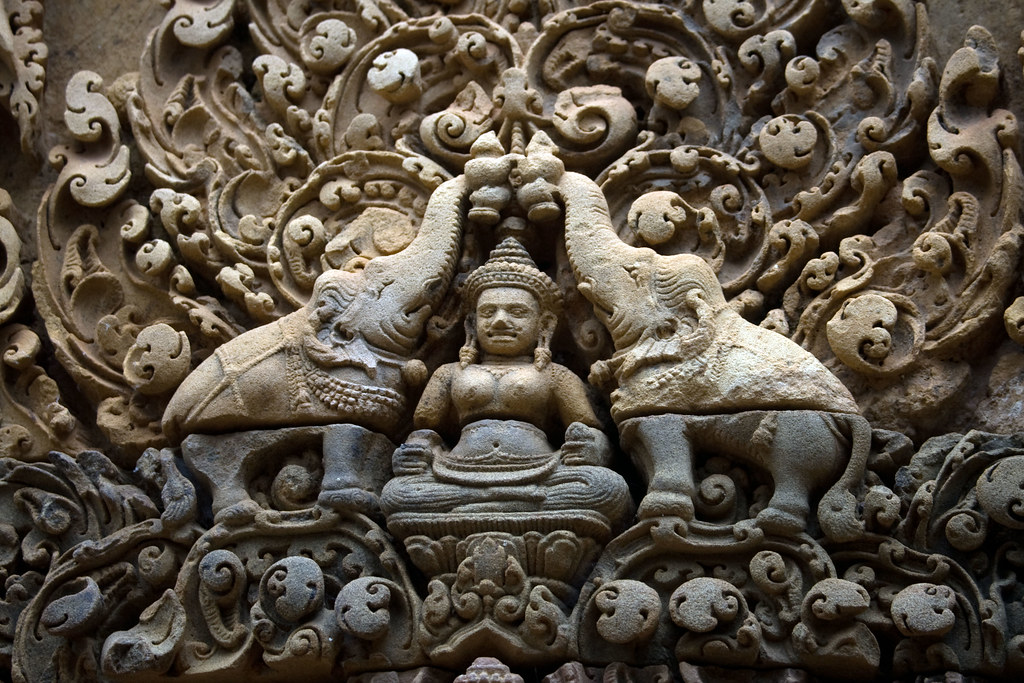
My taxi drove me around the countryside, allowing me to see rice fields, wooden shacks and water buffalos before going to see some smaller temples that were less popular with tourists. I especially liked Preah Khan, as it was fairly large and overgrown with jungle, like Ta Prohm, but there were almost no tourists.
At this point I was pretty fed up with temples, so I went for a boat trip on the Mekong river and the Ton Le Sap lake to look at floating villages. The floating villages are sort of a tourist trap, with the guides taking you to buy overpriced school supplies before you go to visit a local school. Still, it was a different experience, and my guide on the boat got really friendly after a couple of beers, telling me about his dream to become a language teacher...I spent the afternoon recovering from the hot and humid day by relaxing at the excellent pool at my hotel.
After two days in Cambodia, I left for Thailand, flying to Koh Samui. Samui had a really fancy, small airport. I remember being impressed with the huge fish-tank in the men's room. I took a ridiculously expensive taxi from the airport to the beach resort I was staying at. Turns out, calling it a beach resort was stretching the term a bit, since it only had beach access at low tide. Walking to the main street and to the main beach took me 25 minutes, so not a very good location. The main reason I booked this was that everything else was full, this being the high season for Samui. I was staying at the main beach in Samui, Chaweng, and this was seriously overdeveloped. There was not an inch of beach that was not connected to some hotel resort or restaurant. The "main street" was really nasty and crowded, full of touts selling counterfeit goods and massage girls. There was also a lot of traffic, mostly empty taxis, songchaews, motorcycle-taxis and advertisement-vans.
I gave up on exploring the island, and spent a few days relaxing by the pool. On my final day it was raining heavily, so I went to the airport and managed to charm the girl at the Bangkok Airways ticket counter into letting me switch to an earlier flight to Bangkok.
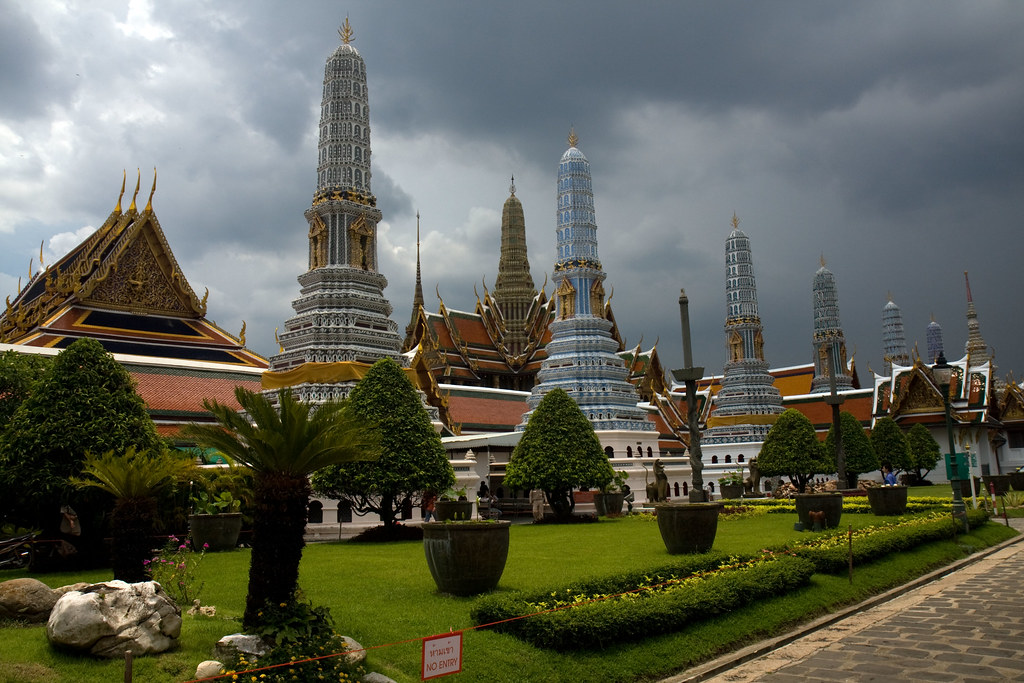
Wednesday morning I started out fairly early, spending some time figuring out the monorail/metro system. There were lots of transportation issues in Bangkok. Overall I seemed to spend a lot of time getting around. Traffic was more or less permanently gridlocked because of poor urban planning, so taxis were no option. Tuk-tuk's were cheaper, but they seemed to be stuck in traffic just as often as the taxis. Also, you're more exposed to traffic and exhaust fumes, and the tuk-tuk drivers seemed more sleazy. I only used the tuk-tuk twice, and both times, after they start driving, they went "You like dirty massage? You like fuck?" and started showing pictures of hookers. This is a problem with traveling alone as a guy. It's harder to shake the pimps when you're not bringing a woman. I'm getting quite good at getting rid of them now, having developed some technique from having stayed for three weeks in Turkey and also from traveling in general. They're also quite easy to spot, long before they open their mouth, because of body language combined with appearance. Instantly when I spot them, I know that whatever this guy is selling, I don't want it. I think the key is never engaging and just keeping pace and dismissing them. The moment you show interest, you are screwed; I remember one guy following me for five blocks trying to sell me pottery in Istanbul after I made the mistake of responding to him. I had heard stories about how persistent they are at pushing prostitutes in Thailand, but I didn't find it that bad, usually they back off straight away. The trinket and guidebook sellers around the temples in Angkor on the other hand...REALLY annoying.
There was also motorcycle taxis available, but I heard enough stories not to get on one, and I could also see how the guys were driving, running red lights, driving on sidewalks and against the flow of traffic.
Metro and Skytrain(Monorail) were not very useful for tourists, as the main tourist attractions are in the old town, and the metro/skytrain doesn't run there. The easiest way to get to the main attractions was to take the ferry upriver and walk. Unfortunately, the ferries stop running fairly early, so I found myself walking quite a lot. Still, it was faster than using taxis. Bangkok is not the easiest city to navigate on foot, as only main streets seem to be signposted intermittently with western-script names. I remember walking for almost half an hour without seeing a single sign in western alphabet
There's not a whole lot of things to see in Bangkok, so the main sites are pretty overrun with tourists. On my first day in Bangkok, I visited Wat Phra Kaeo (The shrine of the emerald buddha) and the Grand Palace complex. I must say I only found the shrine interesting. It is also rather crowded. Next I went to see the reclining buddha at Wat Pho, also not very interesting.

I went to see the Khao Sanh Road - the western ghetto of Bangkok. I found this enjoyable, a whole street living off the backpacker tradition, selling T-shirts, tattoos and backpacking equipment. It was also fun to see all the 19-year old backpackers fresh off the plane, searching for hostels and such.
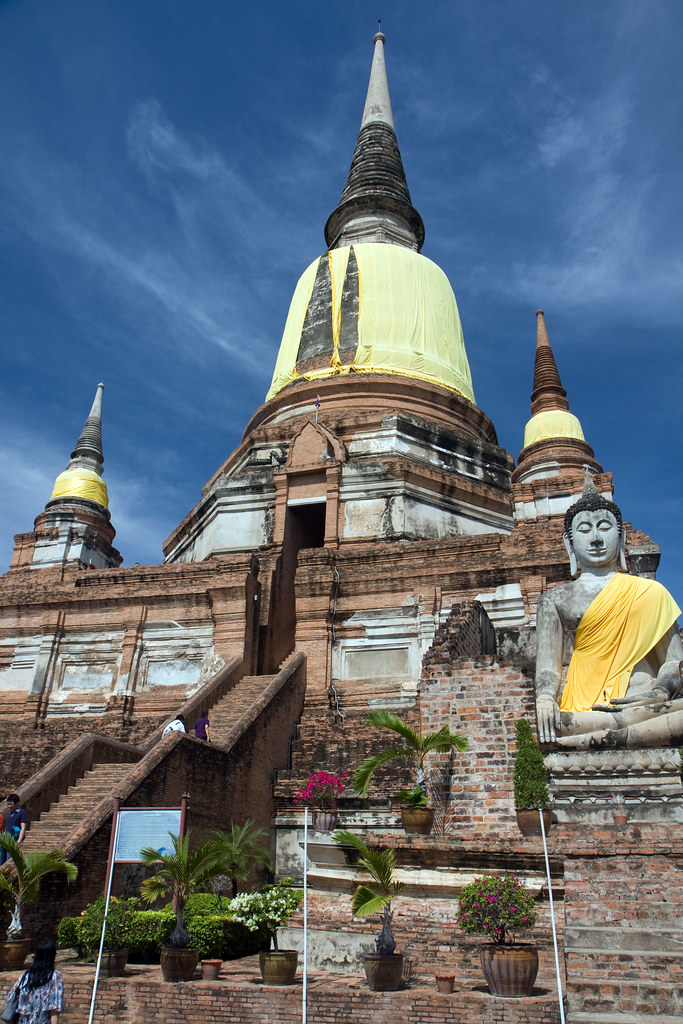
Since there was not all that much to see in Bangkok, I went on a day trip to Ayutthaya, taking an early morning train to go up there. Ayutthaya is the old capital of Thailand (Siam at the time), and contains a number of older temples, some of which were razed by the Burmese when they invaded. I expected a lot of hassle with taking local trains to go up there, but the train conductors spoke basic English, and were very friendly, telling me when I needed to get off, and showing me which train to get on. This was very helpful in Ayuthaya, since they did not have a board showing which track the train would come in on. I rented a Tuk-Tuk for three hours to go from site to site, costing me a reasonable 12 Euro. Some of the sites were nice, but the temples felt somewhat repetitive. I went for a super-touristy elephant ride around a couple of the temples. It was intensely uncomfortable. I was alone on the elephant, and I found the saddle moving around quite a lot, so it didn't feel very safe at first. The saddle rocks back and forth quite a lot and this is very tiring. I see that in India they tend to put people sideways on the elephants. Maybe it gets easier with practice...regardless I'm not entirely convinced at how useful elephants are for transportation.
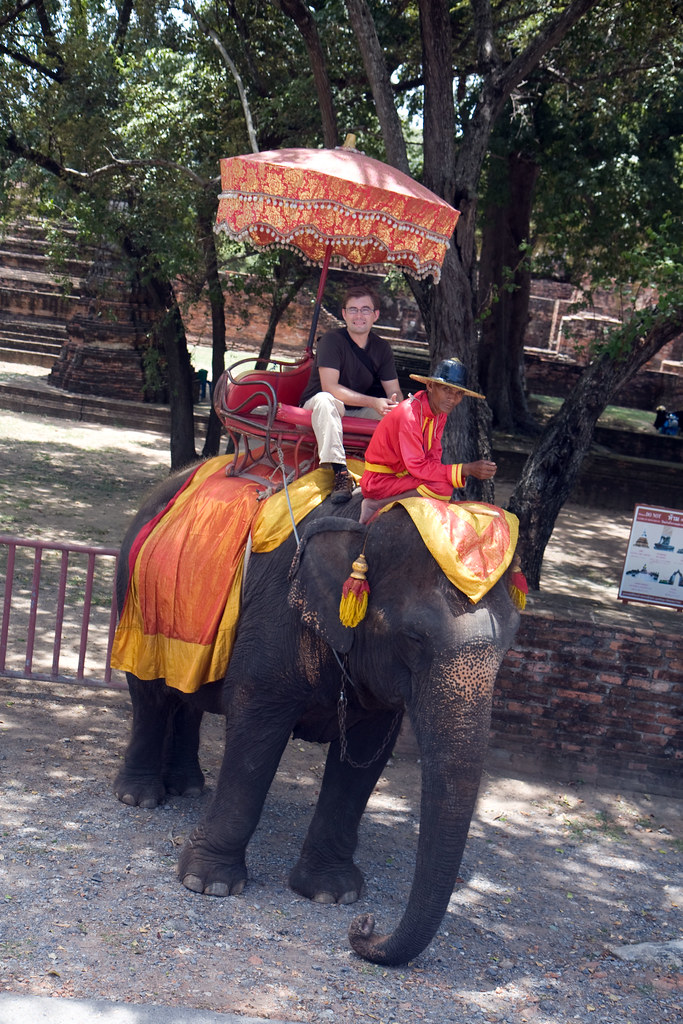
For my final days in Bangkok, I visited the Snake Farm, Wat Arun and Jim Thompson's house. The snake farm is a snake museum displaying live specimens of venomous and non-venomous snakes. This museum is connected to one of the main hospitals in Bangkok, and the purpose of he farm is to milk snakes for venom in order to produce serum for treating snake bites. They also do a very touristy show where the handler show off venomous snakes and then piss them off as much as possible.
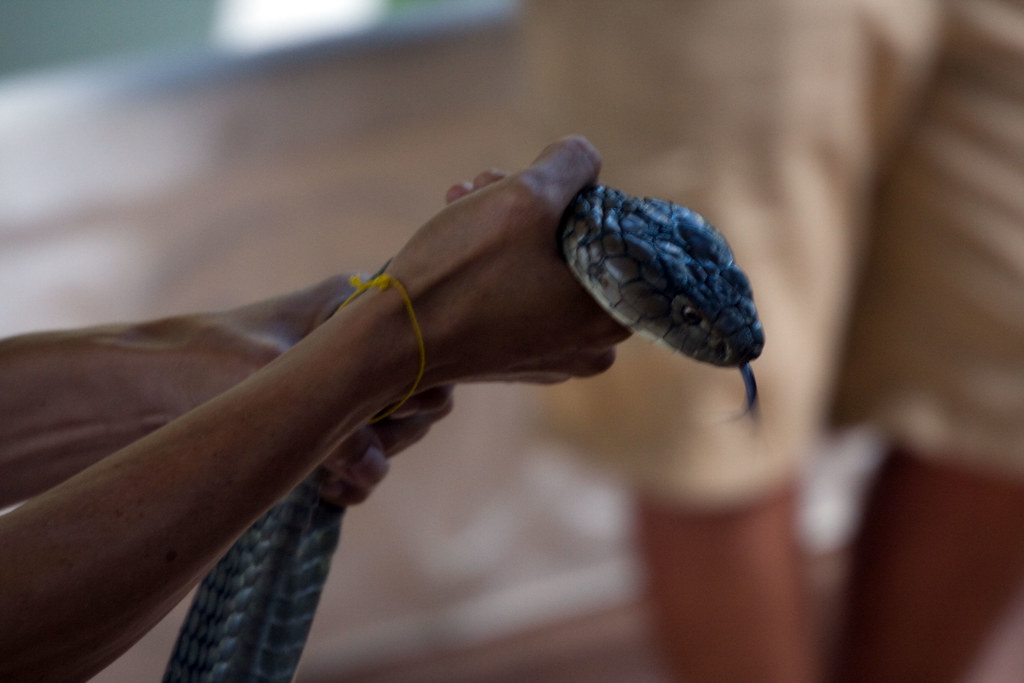
"Jim Thompson's house" was a preserved traditional Thai teak mansion, not terribly interesting. Wat Arun ("temple of dawn") is a landmark temple along the Chao Phraya river, lavishly decorated with shards of broken Chinese pottery.
Overall I felt there wasn't that much to see and do in Bangkok, so spending four days there was too much. At least I had a nice hotel with free internet and a proper pool.
My favorite parts of the trip were snorkeling in Malaysia and exploring temples in Cambodia. Both Malaysia and Cambodia felt pretty exotic, while Thailand felt pretty touristy. Thai people were not so good at speaking English. Malay people were way better, but then again, they have the colonial heritage. One funny thing with the Malay was that they would understand UK English words only, so I had to ask for "the bill" rather than "the check" at restaurants.
It amazed me how cheap the local flights were in Malaysia. The flights I took in Thailand were more or less the same price as you would pay in Europe
I had a good three-week vacation, taking my mind off things back home and giving me a nice introduction to Asia. I will definitely go back to Asia, and now I know more what to expect.
Pictures:
Singapore
Malaysia
Cambodia
Thailand
